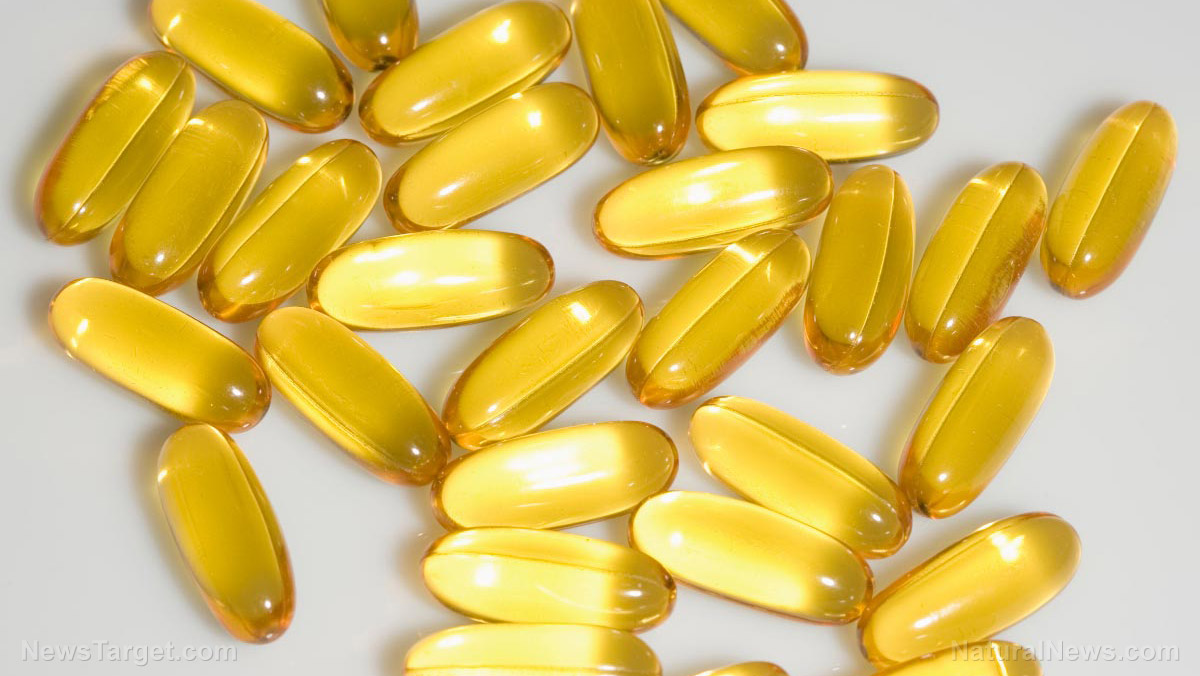
Amentoflavone from TCM herbs can protect against lung injury caused by pneumococcal infection
The harmful protein, pneumolysin, is produced by Streptococcus pneumoniae, the Gram-positive bacterium behind the majority of community-acquired pneumonia. Infection by this pathogen could be dangerous as it can also cause bronchitis, septicemia and meningitis. According to studies, PLY punctures the cell membrane, which leads to pathological reactions, such as cell disruption and inflammation. Medications that can antagonize this toxin are considered to be beneficial for the treatment of bacterial infections. AMF is a naturally occurring compound that's credited with a variety of medicinal benefits. Besides enhancing the development and formation and bones, AMF can also protect against radiation, apoptosis and the human immunodeficiency virus (HIV). Despite plenty of studies on AMF, this is the first time its effect on a bacterial protein like PLY was explored. Using A549 human lung epithelial cells, the researchers tested the effect of AMF on PLY-induced hemolysis and cytotoxicity in vitro. They also used mice to determine the effect of AMF on lung injury caused by S. pneumoniae infection. The researchers found that AMF interacts with PLY at different sites and effectively weakens the oligomerization of this toxin. The formation of PLY oligomers is crucial to its ability to induce cell toxicity by causing DNA damage. AMF also provides considerable protection against PLY-mediated lung damage. Based on these findings, the researchers concluded that AMF from Chinese medicinal herbs can be used to treat or prevent pneumococcal PLY-induced cell injury.Other sources of amentoflavone and their medicinal uses
Plant sources of AMF have a long history of use not just in TCM, but also in other traditional systems of medicine. Calophyllum inophyllum, or tamanu, for instance, is used in Ayurveda to treat diabetes, carbuncles and abscesses. Meanwhile, Selaginella bryopteris, also known as sanjeevani, is used to treat wounds, irregular menstruation and uterine disorders. Byrsonima intermedia, known locally as murici, is a plant native to Brazil and Paraguay. It is also a good source of AMF and is used in Brazilian folk medicine to treat diarrhea, dysentery, stomach ache, ulcer and inflammation. According to studies, murici has plenty of medicinal properties, which include anti-inflammatory, antinociceptive, antioxidant, antimicrobial, antidiarrheal and anti-ulcerogenic properties. In Traditional African Medicine, AMF sources like Cnestis ferruginea and Drypetes gerrardii (forest ironplum) are also widely used. C. ferruginea is an ornamental plant that is said to treat infectious diseases, such as dysentery, bronchitis, eye troubles, conjunctivitis, sinusitis, gonorrhea and syphilis. D. gerrardii, on the other hand, is considered a source of food and is also used to treat gonorrhea and stomach ache. (Related: Scientists study west tropical African plant as a potential remedy for diabetes.) Medicinal plants are excellent sources of active compounds like amentoflavone that can be used to treat a wide variety of diseases. You can learn more about these plants and their useful components at Herbs.news. Sources include: Science.news Hindawi.com 1 Hindawi.com 2 Nature.com News-Medical.net JStage.JST.go.jp MDPI.com EasyAyurveda.com IJPSR.com Link.Springer.com Uses.PlantNet-Project.orgIntermittent fasting found to boost heart health, lower diabetes risk
By Joven Gray // Share
Back off, bugs: Sweet potato cultivars use a specific odor to warn other plants of herbivores
By Virgilio Marin // Share
Neonicotinoids can cause severe birth defects in white-tailed deer, warn researchers
By Divina Ramirez // Share
Drinking coffee could reduce your risk of Alzheimer’s or Parkinson’s
By Joanne Washburn // Share
Fight inflammation with fish oil (plus tips for reducing inflammation)
By Joanne Washburn // Share
Trump announces $1,776 "Warrior Dividend" for military ahead of holiday season
By bellecarter // Share
U.S. approves $11 billion arms package for Taiwan, escalating tensions with China
By bellecarter // Share
Fired educators vow to fight on after Supreme Court rejects vaccine mandate case
By isabelle // Share











